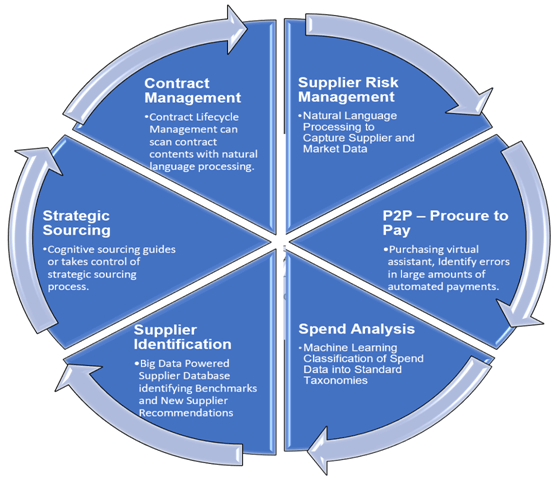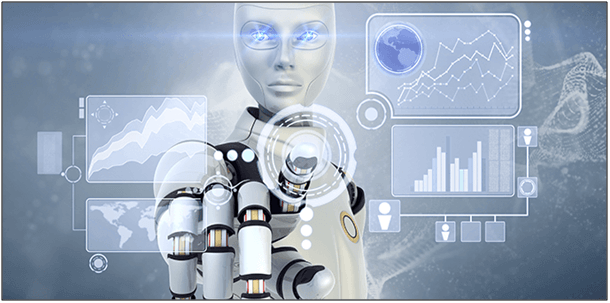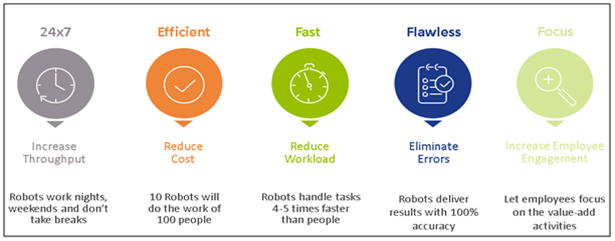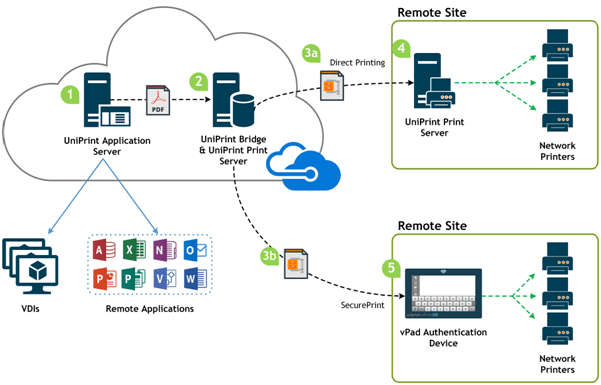Procurement has grown significantly more strategic over the past twenty years, now, digital supply chain management and analytics are bringing new strength to the strategic role. The main mission of procurement has broadened from cost leadership and assurance of supply to strategic insights for decision making.
Digital procurement is an exponential shift that allows organizations to better deliver on their main mission with fundamentally different processes at a reduced cost. Digital technologies and tools can optimize your procurement mission and management. This article discusses the five digital technologies that pave the way for new applications and capabilities across the supply chain.

Table of Contents
Artificial Intelligence (AI) Technology
Artificial intelligence (AI) is one of the most hyped-up topics in business right now. The key thing to recognize is that if your procurement organization is ready for digital, it’s ready for AI. From a procurement perspective, any software solutions that include self-learning, smart algorithms can be considered AI. AI can increase cognitive activities, improving speed and productivity. The diagram below shows the six ways to leverage AI in Procurement.

Key Areas for Artificial Intelligence in Procurement
• Make better decisions, AI can provide timely analytics and data-driven insights to make better sourcing decisions.
• Identify new opportunities, AI can uncover new savings or revenue opportunities shifting through vast amounts of data.
• Improve operations, AI has the potential to streamline or align internal business operations, even in large organizations with many business units or geographic locations.
• Automate manual tasks, AI can automate many time-consuming tasks, such as monthly processes, or Procurement performance reporting.
• Free up time, AI can free up procurement resources for more creative or strategic tasks like key supplier relationship management.
• Identify new suppliers or markets, with access to vast amounts of external data, AI can help identify new suppliers or even new markets to enter.
• Optimize supplier relationships, AI has the potential to make supplier relationship management more data informed.
Augmented Reality (AR) Technology
Augmented reality (AR) is an interactive experience of a real-world, enhanced by computer-generated perceptual information.
Imagine a world where reality was augmented. With the help of augmented reality and data glasses, purchasers and their partners can access required data such as prices, inventory and user operations, just by looking at it, and in real-time – as well as accessing negotiation strategies during talks. The glasses also enable users to project holograms of products and articles. Most of the important things are knowing what you need, where it is, and the quickest way to retrieve that item. So, imagine a world where augmented glasses or smart integrated technology adds a digital layer of insight to drive that understanding. This functionality is particularly helpful in large warehouses where significant seasonal worker turnover impacts key procurement needs.
AR assists vastly speed up on-boarding of new staff, creating a more informed worker who is better able to meet crucial business demands. For example, Logistics firm DHL piloted this technology in a U.S. warehouse and found AR software could help duce picking time of items by up to 25%.

How Does AR Optimize Procurement?
• Improving customer experience, consumers enter a virtual store, with aisles and products that they can engage with the customers, offer a huge opportunity to take customer experience to the next level.
• Improve in communication between Departments, with AR, the interaction amongst procurement, operations and finance to discuss the value and cost drivers of the business could be improved. Each attendee could see the cost and contract data relevant to product or service and discussion together.
• Replace Basic Human Interactions, a virtual meeting could be as effective an experience as a face-to-face
• Enhancement to Procure-to-Pay Process, a purchase decision can be made immediately based on viewing the product or reading about the service as users can experience a lifelike demo.
Robotic Process Automation (RPA) Technology
Robotics Process Automation (RPA), a type of software that imitates the activity of a human carrying out a task within a process. The term is derived from the idea of a “software robot,” the power of automation to drive optimization, can automate and eliminate mundane, repetitive tasks or the AI applications behind self-driving cars has captured the eyeballs and imaginations of organizations. RPA can bring a wealth of valve to procurement as illustrated in the diagram below.

RPA can take over administrative duties and give buyers back that precious time.
For example, it can be used to have vendor email attachments downloaded into a folder, which while taking an hour or two to set up would help save a buyer ten minutes a day. Another interesting application would be the ability to order goods without the need of humans. Procurement bots can monitor inventory, analyze it to help prepare a demand forecast, notify the organization when levels are running low, and automatically trigger a purchase transaction for a quantity that will build supplies back up to a predefined level.
“Procurebot”, a fundamental tool for guidance and operational procurement speeding up procurement processes, streamlining procurement related tasks through the automation and augmentation of Chabot capability requires access to robust and intelligent data sets.

Procurement bots can identify changes in risk exposure and determine the causes. Approvals can be automated, as well as the detection of breaches of such limits and recommendation of potential remedial actions. Procurement bots can also read through lengthy reports, contracts, and regulations to identify gaps in compliance and provide insight on how to close them.
Since RPA can be introduced to automate small, individual tasks, my recommendation is to begin implementing on a small scale and learn. In the future, we can envision a scenario in which we would have robots on both sides as the buyer and the seller, conducting negotiation. Organizations might start with something as simple as having vendor email attachments downloaded and filed into a specific folder. This might take an hour or two to set up and may only save you ten minutes a day, but it’s a starting point, allowing you to feel your way into RPA.
Cloud Computing Technology
Cloud computing is widely deployed by large global and small local organizations, whereby hundreds or thousands of users, devices and printers, often across locations and geographical divides relate to the data center over the Cloud. Via cloud, it allows an effective and organized platform that helps to keep businesses costs under control.

Total control and oversight of services spending, handling of requisitioning sourcing and payments for services, modernizing business procurement services.
Mobile users may need to print from multiple locations – in different parts of a building, in a branch office or from another country, using corporate or their own devices. The following chats showing how Microsoft Azure and Office 365 cloud printing utilize and works:

Internet of Thing (IoT) Technology
The Internet of Things (IoT) is basically a network of connected devices and sensors. IoT helps procurement increase collaboration, analytics, and engagement using a spectrum of tools from planning and sourcing to contract negotiations, order delivery, payment, and supplier management.
The full content is only visible to SIPMM members
Already a member? Please Login to continue reading.
References
ATKearney, Procurement. (2019). “Procurement: Riding the Transformative Digital Wave”. Retrieved from https://www.atkearney.com/procurement/article?/a/procurement-riding-the-transformative-digital-wave, accessed 08/12/2019.
Philip Charles Loges, ADPSM. (2019). “Crucial Digital Technologies for Effective Procurement”. Retrieved from SIPMM: https://publication.sipmm.edu.sg/crucial-digital-technologies-effective-procurement/, accessed 08/12/2019.
Procurehere. (2018). “Our AR Future – Augmented Reality Examples in Procurement”. Retrieved from https://www.procurehere.com/our-ar-future-augmented-reality-examples-in-procurement, accessed 08/12/2019.
Susan Tan, DPSM. (2018). “The Impact of Virtual Reality and Augmented Reality on Procurement”. Retrieved from SIPMM: https://publication.sipmm.edu.sg/impact-virtual-reality-augmented-reality-procurement/, accessed 08/12/2019.
Sievo. (2019). “AI in Procurement”. Retrieved from https://sievo.com/resources/ai-in-procurement, accessed 08/12/2019.
SupplychainDIVE. (2019). “4 Technologies for a More Agile Procurement Process”. Retrieved from https://www.supplychaindive.com/news/4-technologies-agile-procurement-machine-learning-robotics-data/553979/, accessed 08/12/2019.

